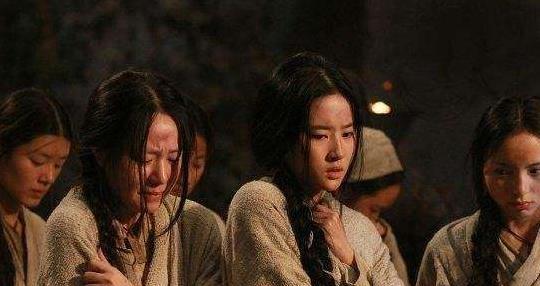The system of martyrdom has appeared in many countries in the world, and ancient China was characterized by a clear class. The lives of those of the lower classes are disregarded, especially those of women and the working people at the bottom. So the system of martyrdom was also created. The system of martyrdom first appeared in slave societies, when slave owners died, slaves were also buried together. They treated slaves as the private property of their masters and did not take their lives seriously at all. The people of high society are silent about this.

In the Spring and Autumn Period, this system began to undergo a good change, and the emergence of a hundred schools of thought made people's thinking broaden to a certain extent. Some of the more enlightened princes disapproved of the cruel system of slave burials and began to make servants to replace the living. Then in the later Han Dynasty period, some people were no longer willing to use living people to accompany the burial, and the martyrdom system went into a short-term decline.
After the Song Dynasty, because of the cultural integration of ethnic minorities and Han chinese, the forgotten burial system was used because of the traditions of ethnic minorities. The culture of burial has resurfaced. It was not until the Mongol nobles of the Yuan Dynasty felt that the burial system was in conflict with their funeral system, and Kublai Khan proposed the abolition of the burial system.
It was thought that the martyrdom system would disappear, but the Yuan Dynasty soon collapsed and the Ming Dynasty was re-established. Emperor Zhu Yuanzhang had a son, Zhu Biao, whom he loved very much but could not die early. In order to give his son some comfort after his death, he decided to restart the burial system and let his son's two favorite concubines accompany him to the funeral. Zhu Yuanzhang promoted the resurgence of martyrdom culture.
Zhu Yuanzhang ordered his cronies that after his death, all the concubines would be buried with him. A total of 46 young and beautiful beings were to be buried in the loess with him. Later, his cronies did the same, and his concubines were pushed into the eternal underground palace one by one. Sleep underground with Zhu Yuanzhang.
But one of the concubines escaped, and she was not willing to die like this. However, the escape was soon discovered by the soldiers guarding the tomb, and she begged bitterly to let her go. The soldier was also moved by compassion and let her go with unbearable heart. Later, the concubine actually returned to the soldier's side, hoping to stay with him and repay the kindness of saving his life. And left him with a child.
The news reached Zhu Di's ears, and instead of ordering the execution of the soldiers and concubines, he forgave them for their behavior. Under the harsh feudal system of ancient China, this concubine was also the first person in history to be able to escape the disaster with soldiers.